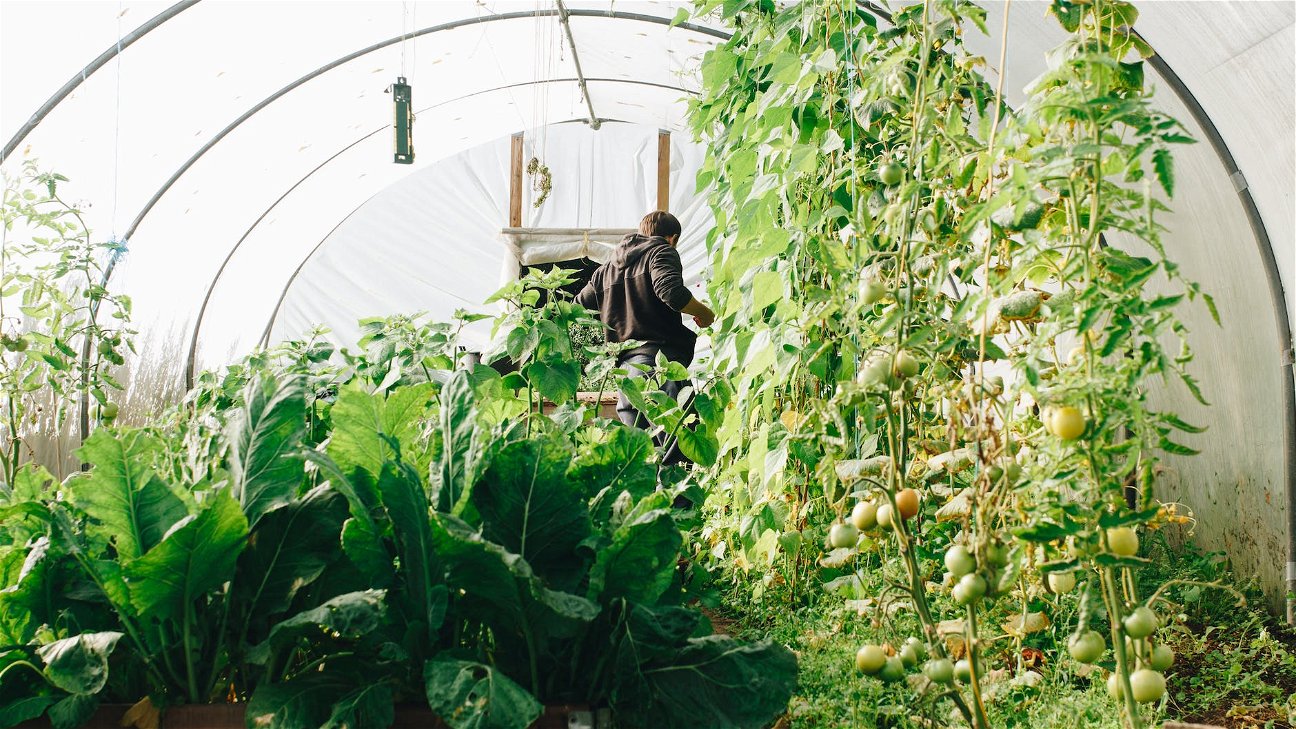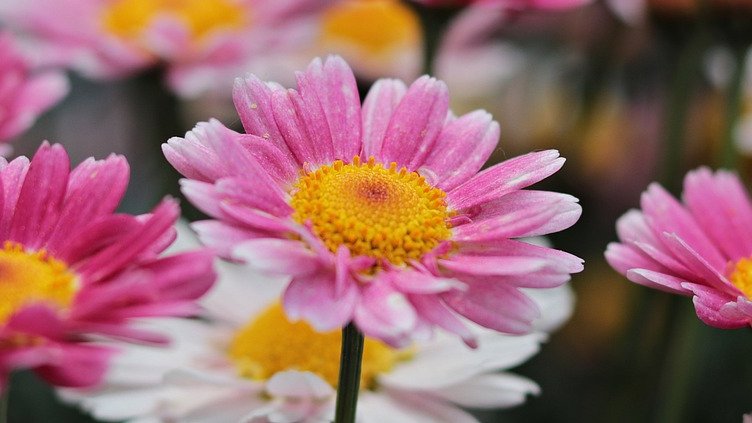
Spring is the perfect time to start planting seeds and growing new plants. Whether you're a seasoned gardener or just starting out, there's always something new to learn about making your garden thrive. This guide will help you navigate through the process of preparing your garden for spring planting.
Understanding the basics
Before you start digging, there are a few things you need to understand about your garden. First, determine the type of soil in your garden. Knowing whether you have sandy, silty, clay, or loamy soil will help you understand what types of plants are suitable for your garden and how to care for them. You can perform a simple jar test at home or send a soil sample to a local extension service.
Second, consider the light conditions in your garden. Some plants prefer full sun, while others need shade to thrive. Observe your garden throughout the day to understand where the sun shines the most and where there are shadowy spots.
Preparing the soil
The secret to a thriving garden is rich, well-drained soil. Here's how to prepare your soil for spring planting:
-
Clean up: Start by removing any leftover debris from previous seasons, like leaves and dead plants. You can compost this organic material to enrich your soil later.
-
Weed out: De-weeding is an important step in preparing your garden. Weeds compete with your plants for nutrients and water, so it's best to eliminate them before planting.
-
Till the soil: Tilling helps to loosen the soil, making it easier for plants' roots to penetrate. Be careful not to over-till, as it can destroy the soil structure.
-
Add compost: Compost enriches the soil with nutrients and improves its texture and drainage. Spread a layer of compost over your garden and mix it into the topsoil.
-
Test pH levels: Most plants prefer a neutral to slightly acidic soil pH. You can purchase a soil testing kit to determine your soil's pH level.
Choosing and planting seeds
Once your soil is prepared, it's time to choose what to plant. Consider the climate and soil type in your area when selecting plants. Vegetables like lettuce, peas, and radishes are great options for early spring planting. For flower gardens, consider pansies, snapdragons, and marigolds.
After choosing the right seeds, follow the planting instructions on the seed packets. They will tell you how deep and far apart to sow each type of seed.
Mulching and watering
Mulching helps to retain moisture in the soil, suppress weeds, and regulate soil temperature. Spread a layer of mulch around your plants after planting, being careful not to smother the plants.
Watering needs depend on your soil type and the weather conditions. Generally, it's best to water deeply and infrequently, allowing the water to reach the roots of the plants.
Protecting plants from frost
Spring can bring unpredictable weather, including late frosts. To protect your newly planted seeds and seedlings from frost, consider using row covers or garden blankets. If a frost is expected, water your plants the night before as the water will release heat as it freezes, protecting the plants.
With these steps, you'll be well on your way to a successful spring planting season. Enjoy the process and look forward to a bountiful harvest.











